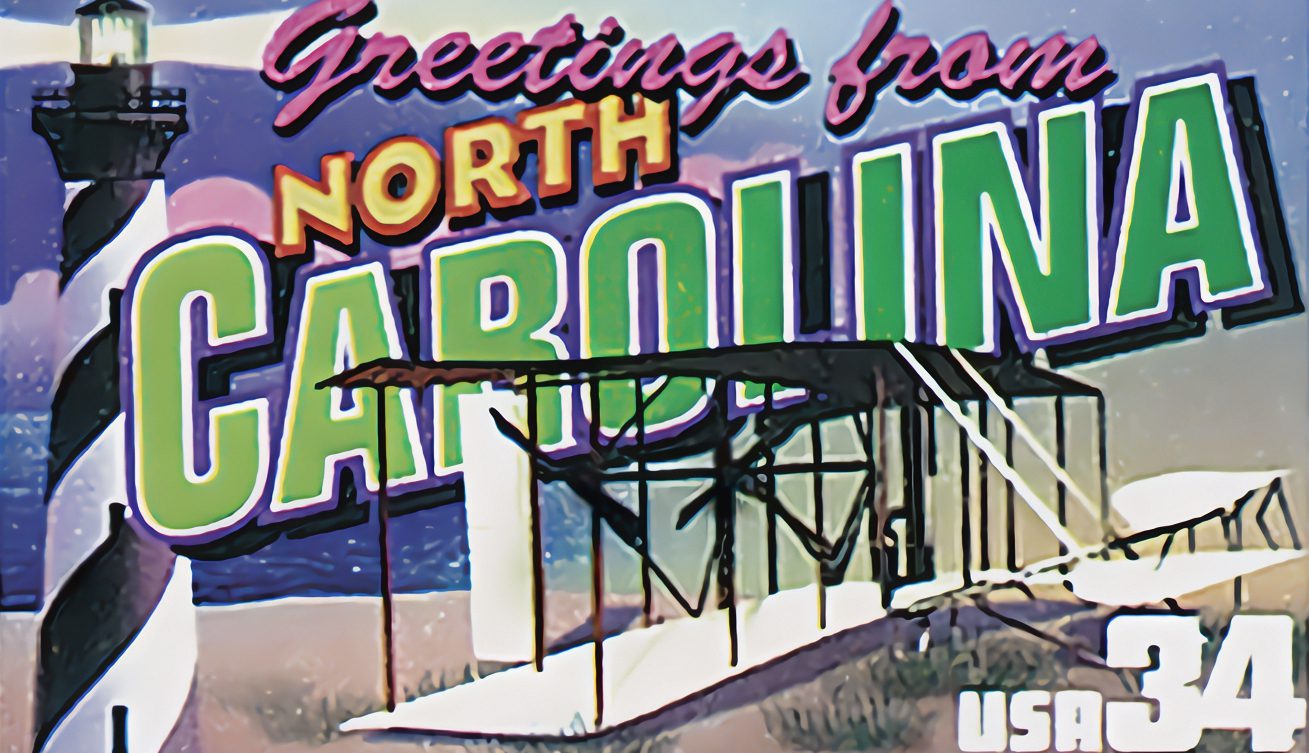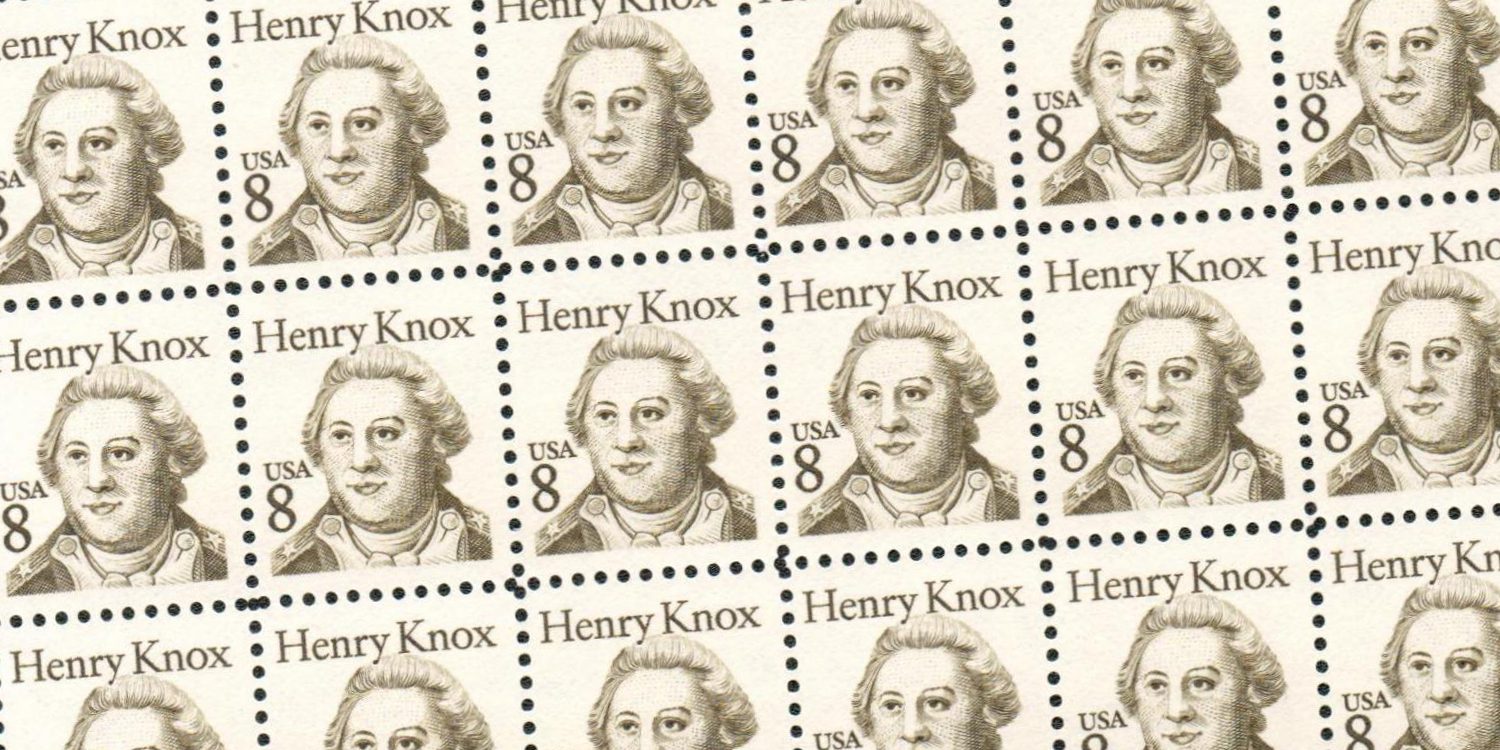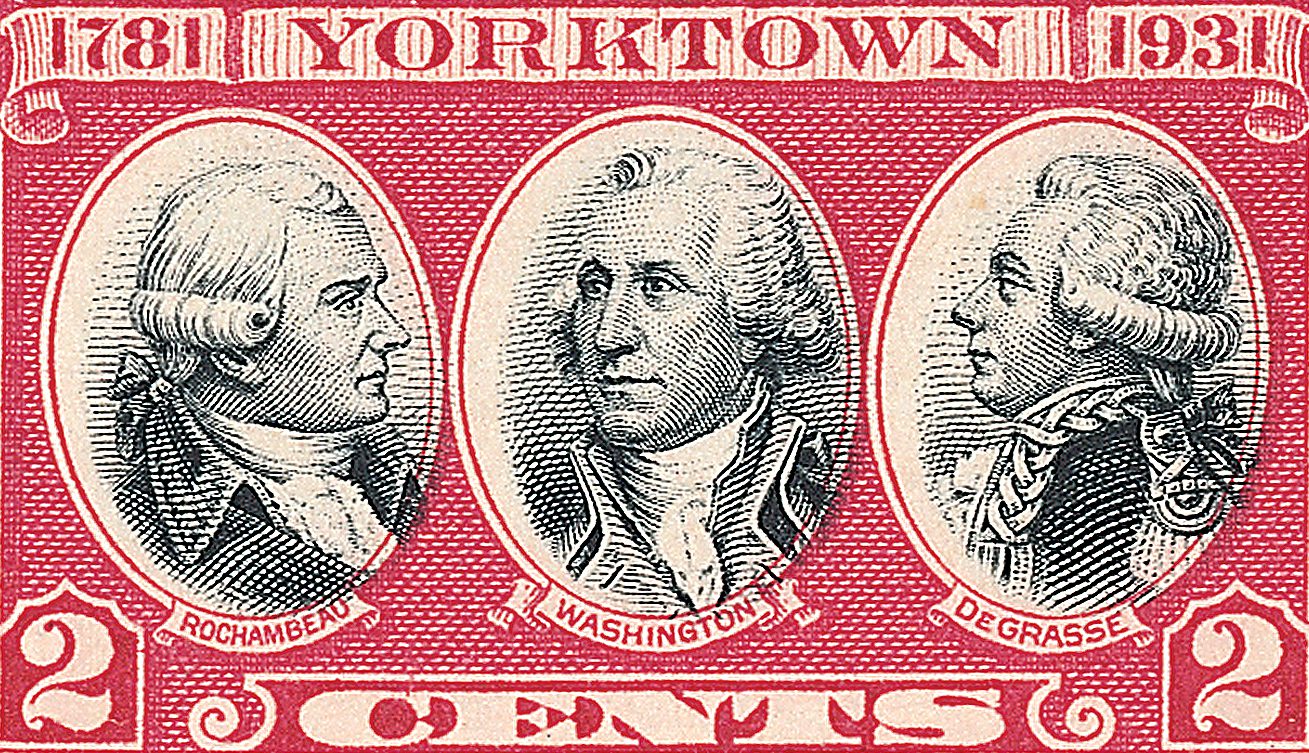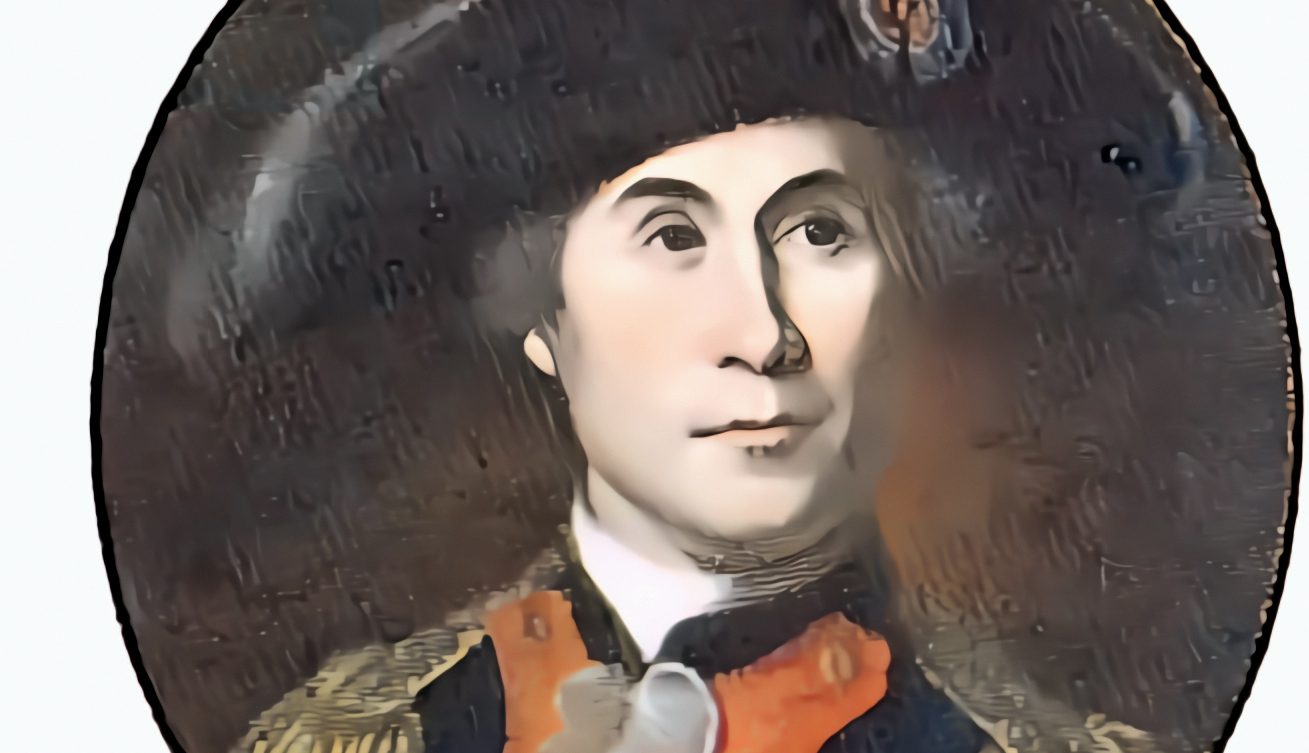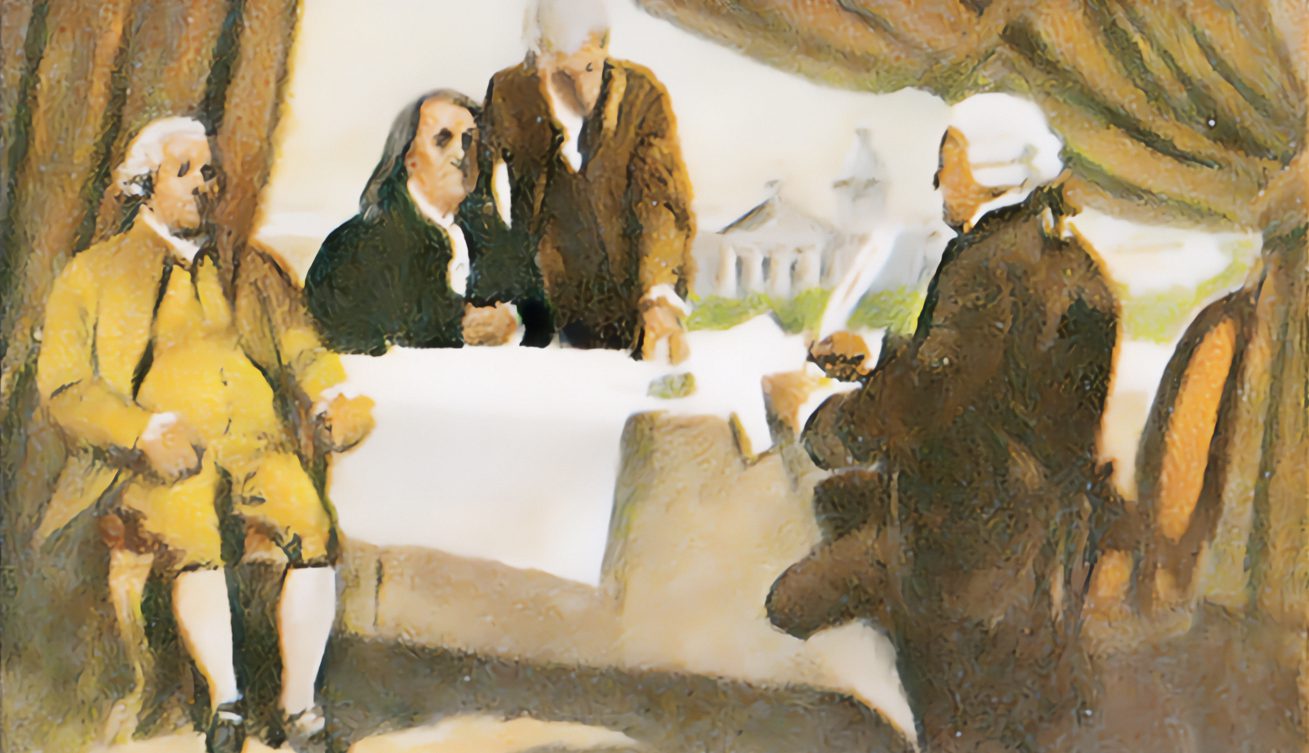Delaware Becomes America’s First State
On December 7, 1787, Delaware was the first state to ratify the U.S. Constitution, making it America’s first state. But its quick decision wasn’t just a race to the finish—it marked the beginning of a new national identity, driven by bold choices, fierce debates, and a vote that helped shape the country we know today.



